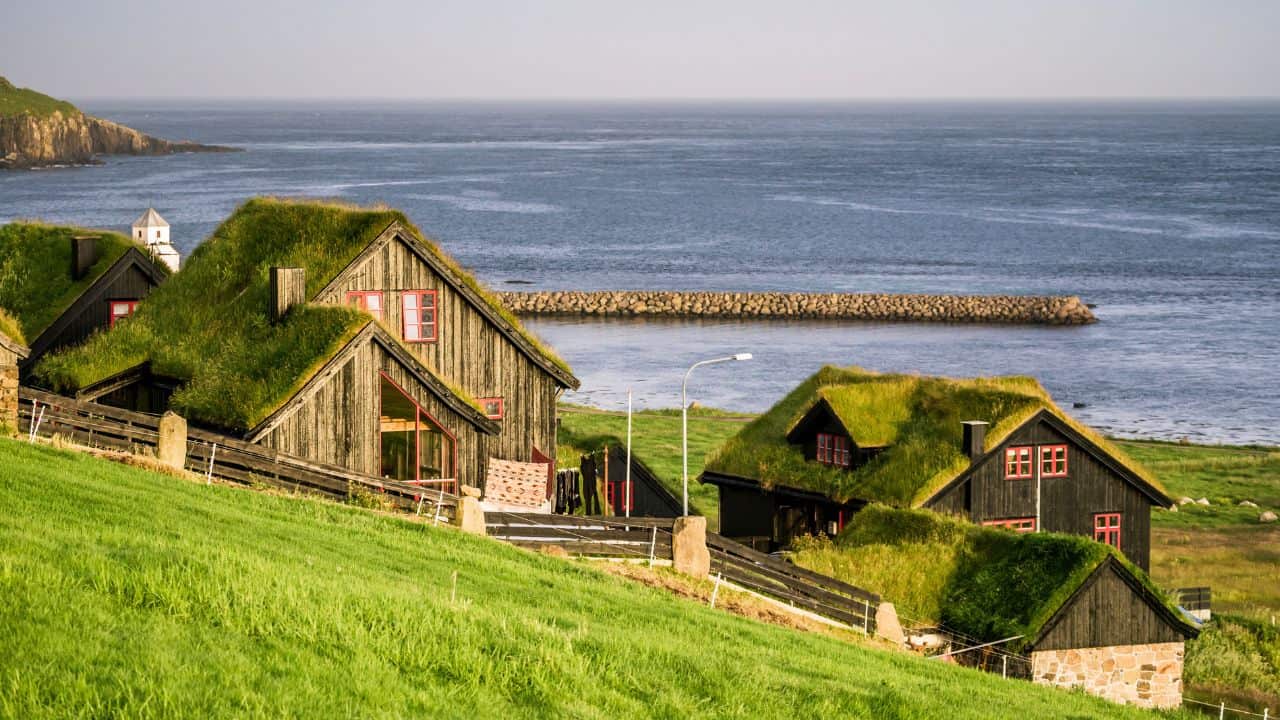Many people entertain visions of activists wildly beating drums, being arrested and carried away through streets full of chaos. This is not an accurate representation of the vast majority of the climate strikes!
They really are for everyone and all of the organisations discussed here are vehement that no form of violence should be used as part of their protests. Everyone is welcome and encouraged to take part in strikes and you can be as loud or as quiet as you like.
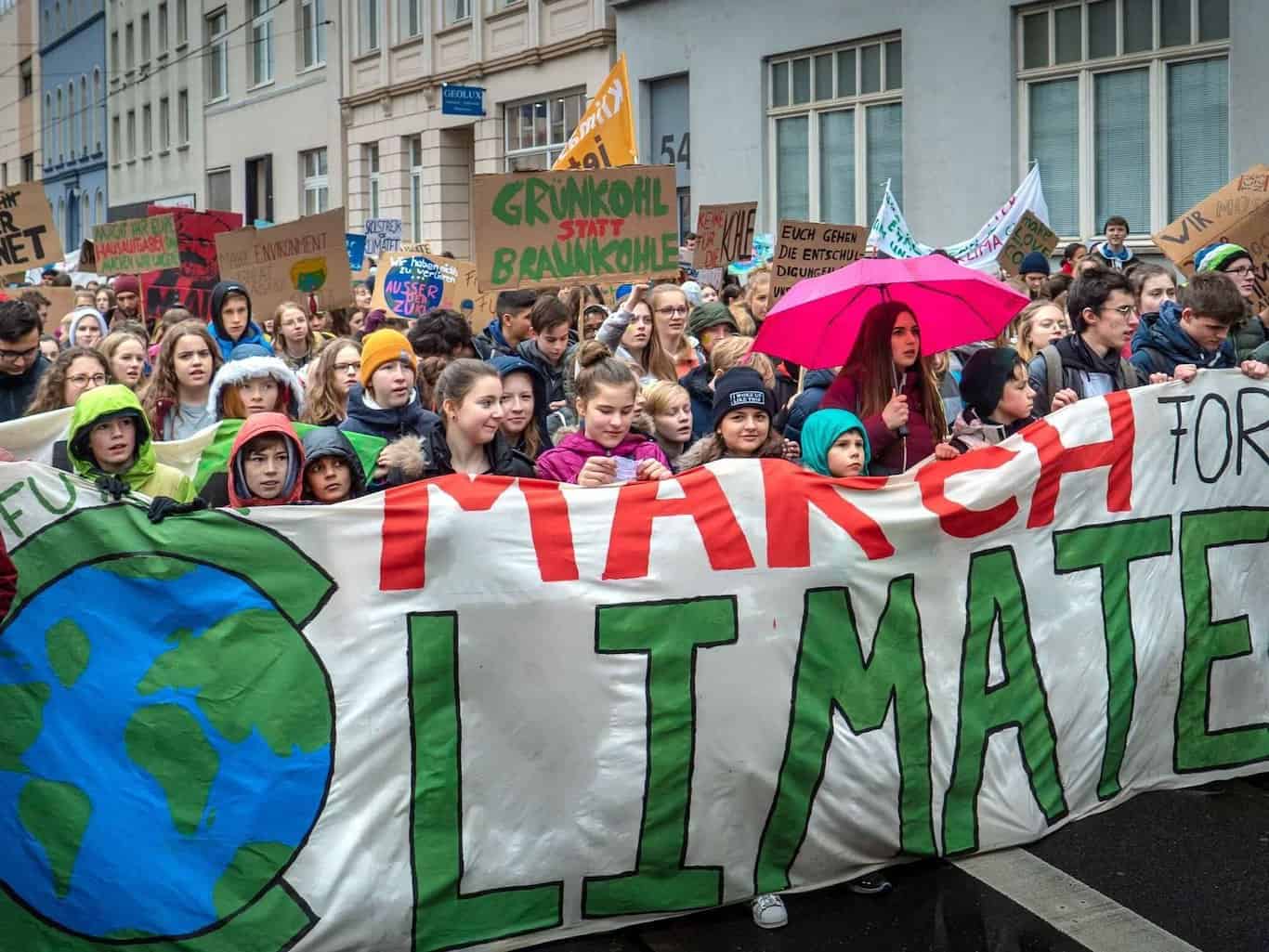
What exactly is a climate strike?
A strike is typically an organised refusal to work, undertaken by a body of people as a form of protest.
Climate strikes are a little different, in that they are obviously not aimed at an employer. They are a means of showing that business as usual cannot continue in the face of the climate emergency. To demonstrate this, they seek to peacefully disrupt the status quo.
Since climate change is an issue that effects everyone and everything on earth, anyone can be involved in a climate strike. You could walk out of whatever your daily life looks like, be it from your office, school, home, farm or factory.
The latest climate strikes have been accompanied by protests and other forms of activism, which call for systemic changes to be made. Some groups and individuals hone in on a specific element of the climate and ecological crisis, and demand that it is taken seriously and acted upon. They might, for example, hone in on the declining bee population or fracking.
Others strike and join a protest to simply stand in solidarity with fellow strikers to demand climate justice.

Why should YOU take part in a climate strike?
The climate crisis is unique, in that it is an emergency that drastically effects us all. Striking is less of an act of philanthropy, than it is one of taking your future into your own hands. In short, it is your problem!
The urgency of the issue is mounting every day, so the situation is becoming increasingly desperate.
Whilst making your personal lifestyle habits as eco-friendly as possible is a great way of preventing climate change, they cannot solve the issue on their own.
Mass-scale, systematic change needs to happen. It’s the powerful ‘big players’ like the oil industry and the governments who need to facilitate this. Striking is a means of communicating with them.
6 Things I’ve Learnt as an Extinction Rebellion Activist
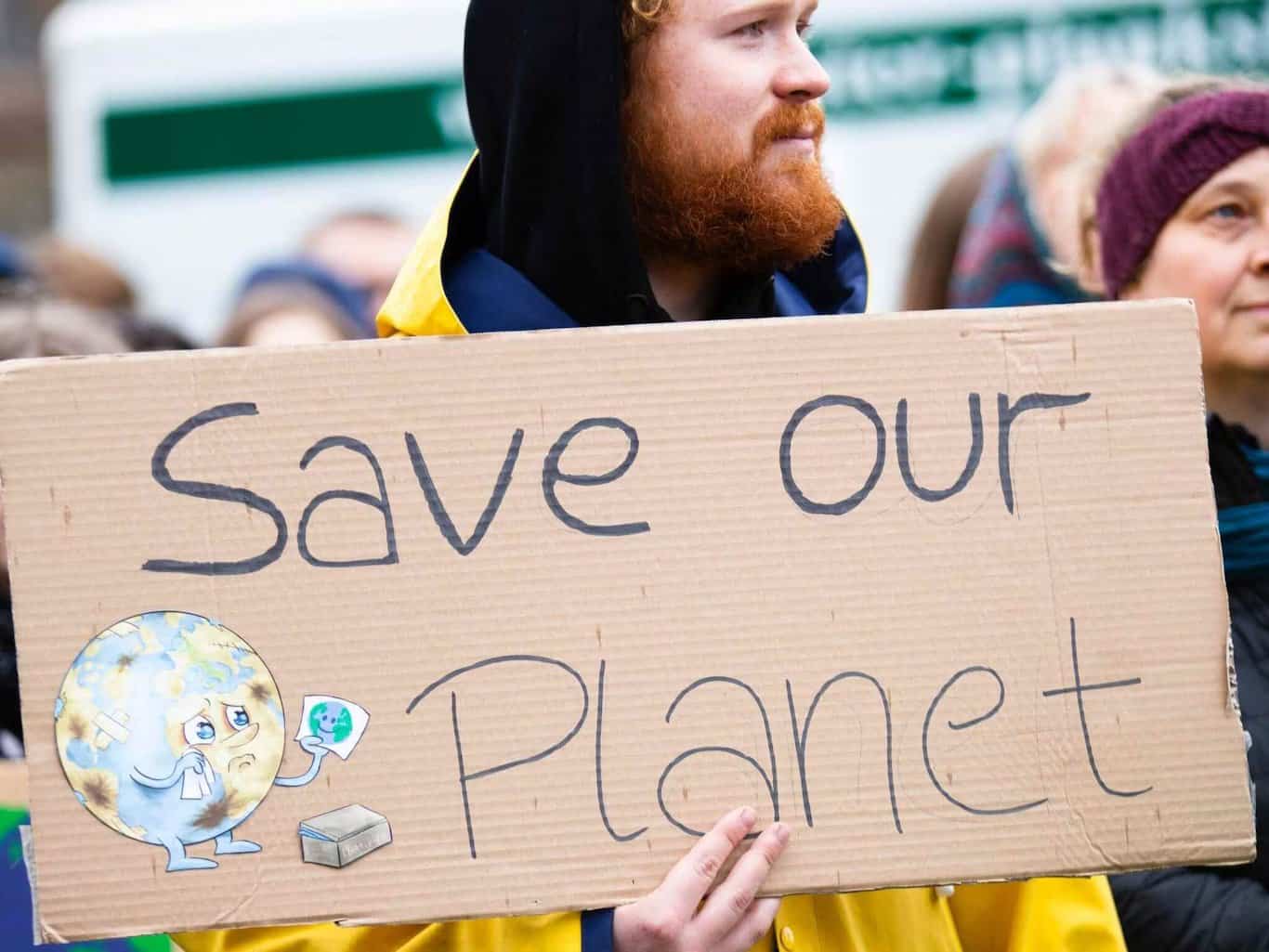
Will striking really make any difference?
Climate strikes in themselves cannot solve the climate crisis. However, the bigger they are, the stronger the message they send.
By adding your voice and person to a strike, you are helping to increase the pressure on the powers that be. The media coverage that the strikes continue to attract makes sure that denial to accept the current circumstances is being seen. Whilst not nearly enough is being done yet, those in positions of power are beginning to make changes, see below.
Want to know what it’s really like working for an organisation like Extinction Rebellion?
6 Things I’ve Learnt as an Extinction Rebellion Activist
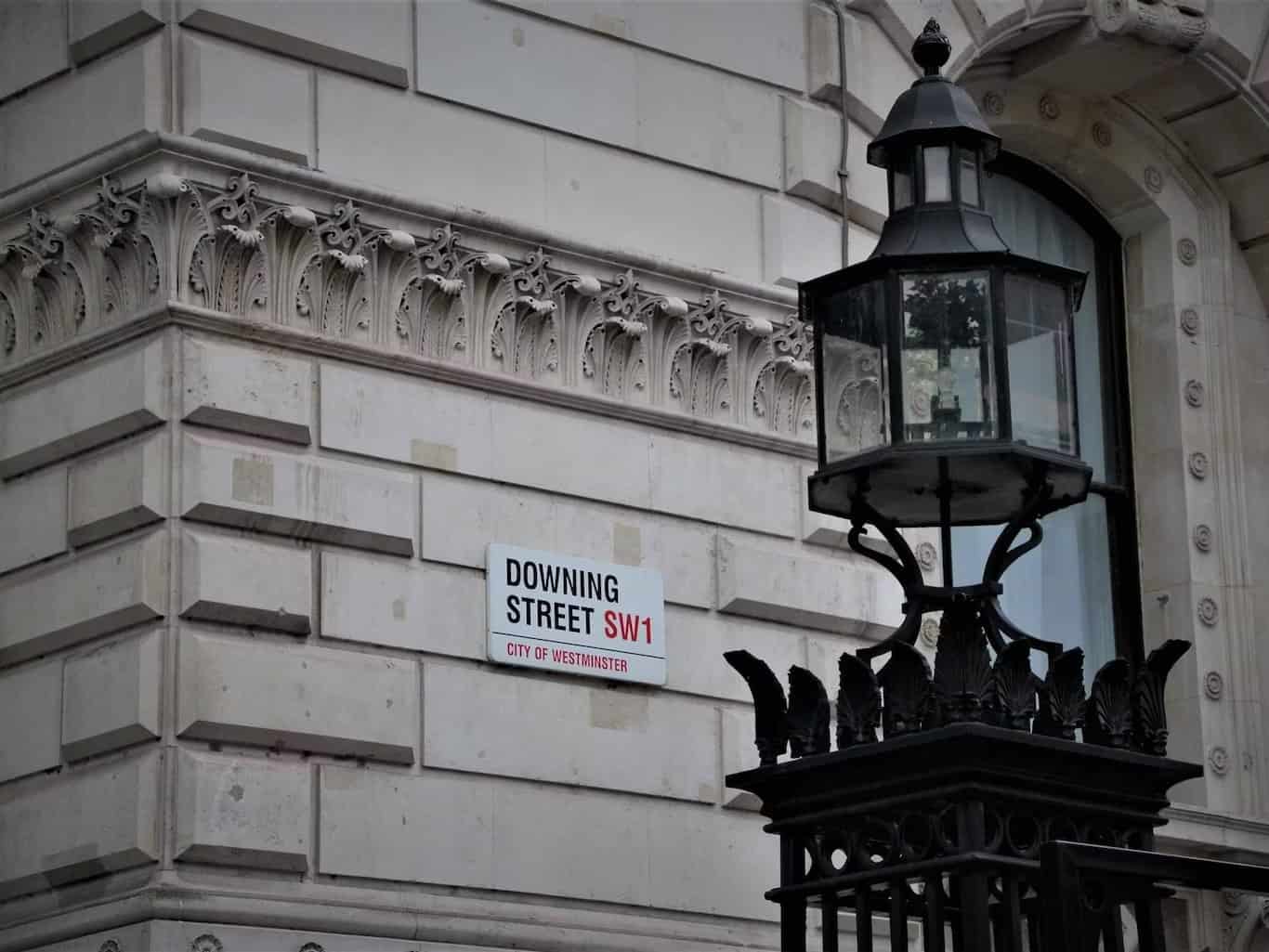
The latest strike action
The 20 September 2019 saw strikes happen across the world in anticipation of the UN emergency climate summit in New York.
200 events took place across the UK, with 500 organisations and 1,000 companies out in support. Young and old alike took to the streets in an estimated 185 countries to demand action.
Demonstrations took place in most European countries. In Germany, for example, 1.4 million people took action. Demonstrators blocked roads and protested outside the German chancellery in Berlin.
If you were skeptical about the impact a strike could have, then this might give you some faith. Angela Merkel announced a €50 bn package of new measures to curb carbon emissions and review progress towards reaching its climate goals by 2030.
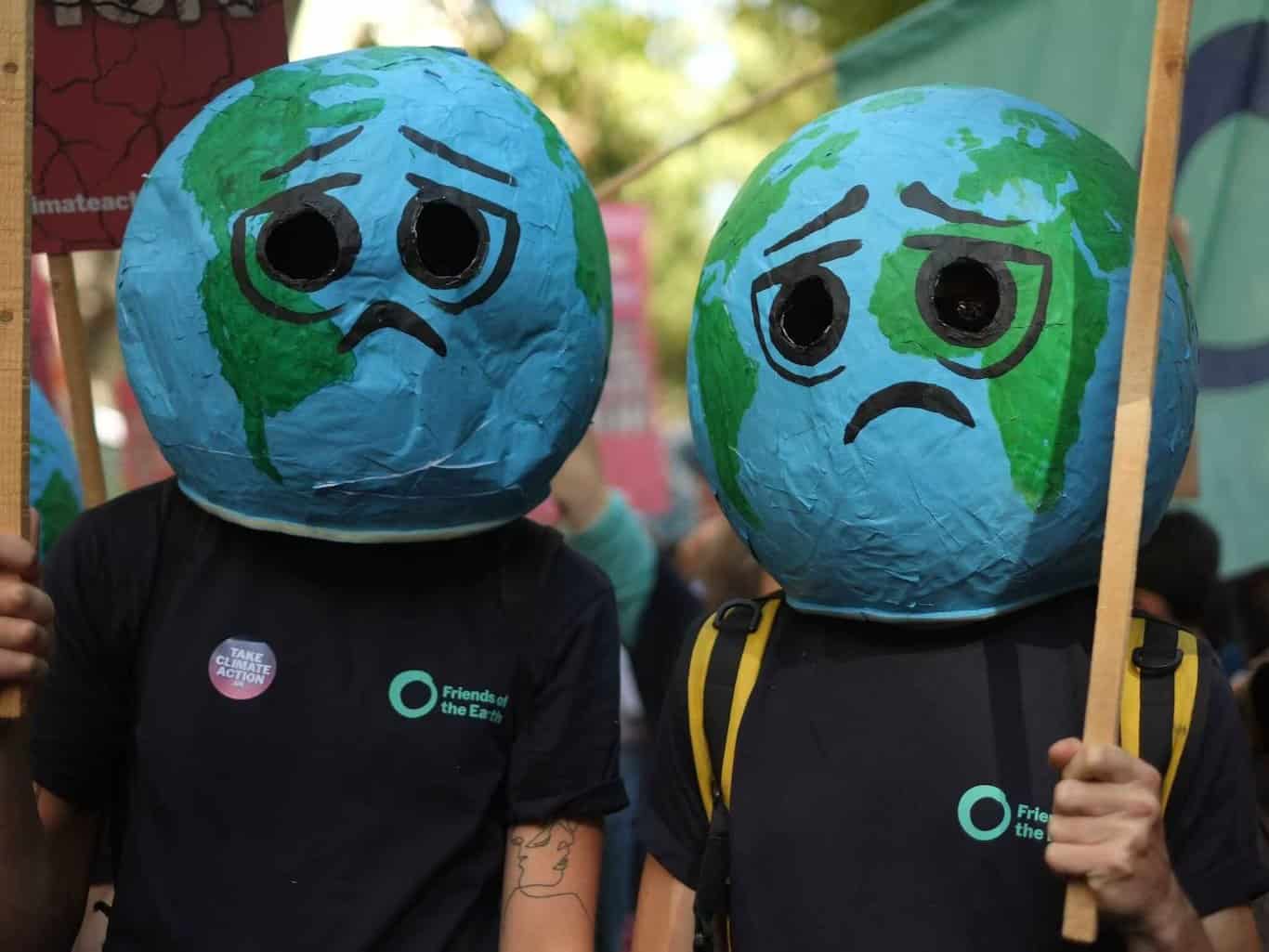
Some of the biggest climate strike movements
Happily there are now so many movements, charities, NGOs and organisations whose core goal is to halt climate change and promote planetary health. They either organise or play a big part in climate strikes, by sharing information about when and where they are happening on their social media and websites.
If you are interested in joining a strike take a look at their sites and follow them on social media.
This will enable you to:
- Connect with others who are also taking part
- Keep up to date on what’s happening where
- Understanding exactly what their demands are
- Finding other ways you can take action to supplement the strikes
Here are a few of the key movements
You might align more with some than others and there are many more to explore, so we encourage you to do some research yourself.
Extinction Rebellion
Extinction Rebellion describe themselves as an international apolitical network using non-violent direct action to persuade governments to act justly on the Climate and Ecological Emergency.
What are XR’s demands?
Their three main demands are that:
- The government must tell the truth about the severity of the climate emergency.
- The government must act now to halt the loss of biodiversity and reduce greenhouse gas emissions to net zero by 2025.
- They are calling for a Citizen’s Assembly. The idea is that the government must facilitate this, and then be led by it.
What are XR’s methods?
Extinction Rebellion are amazing in that they create change by using mass, non-violent civil disobedience. This takes many forms which include, but are by no means limited to:
- Street blockades
- Art work
- Performance
- Arrests
Read more at 6 Things I’ve Learnt as an Extinction Rebellion Activist
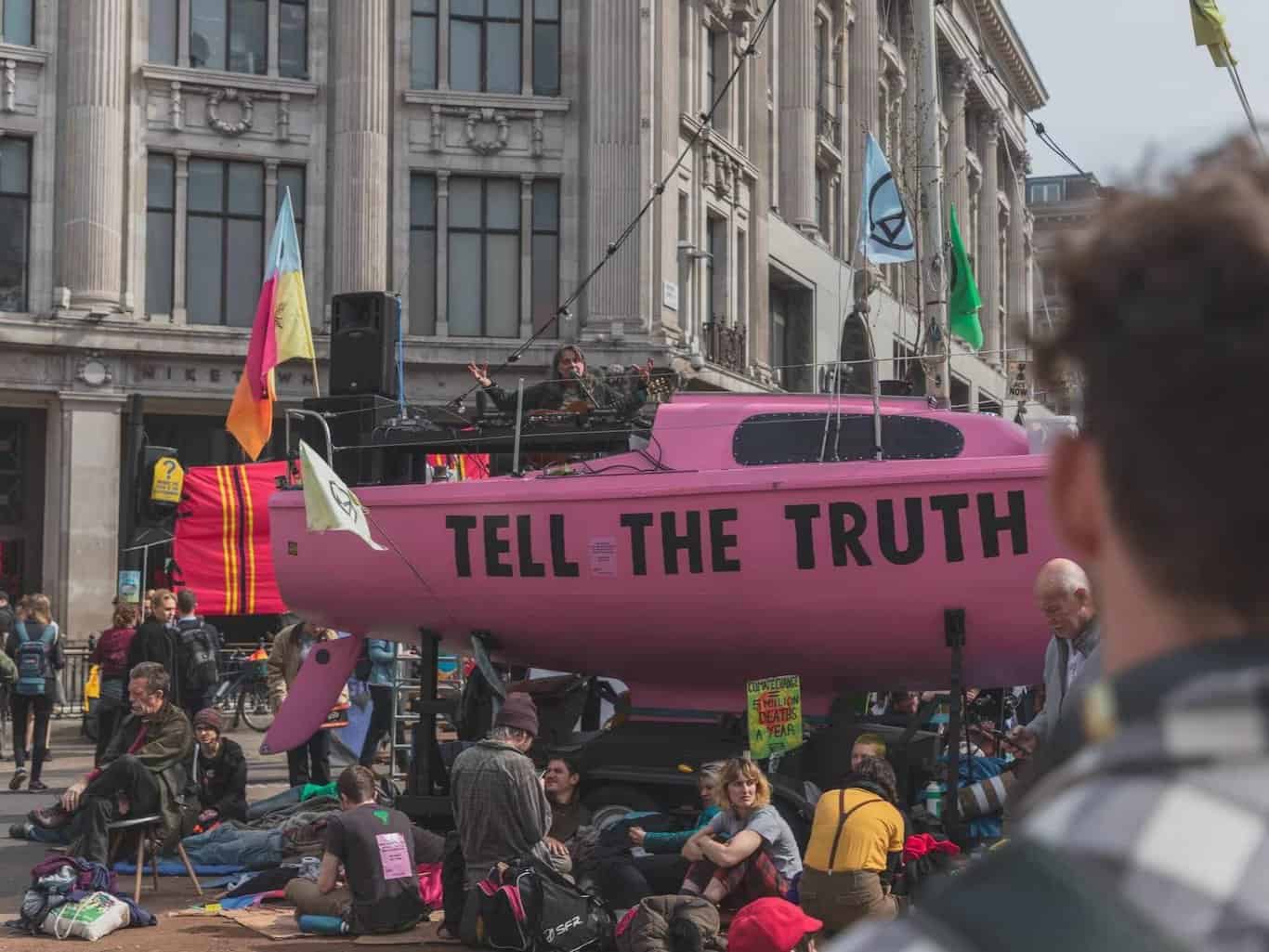
Fridays For Future
The Fridays for Future movement began when, in August 2018 the now famous 15 year old, Greta Thunberg, first sat outside the the Swedish parliament every school day for three weeks.
When she decided to continue striking every Friday until the Swedish climate policies changed, and action started being taken on the climate crisis, the #FridaysForFuture, or FFF movement began.
FFF’s Ethos
FFF is now a platform from which you can find your next nearest strike and report on a past one.
Because young people are such a huge part of the Fridays for Future movement, and the part of the population who will be most affected by climate change, they are very keen that anyone involved only strikes in a way in which they feel safe.
This is why:
- Many Fridays For Future strikers gain police approval for their strike.
- These approvals are often given on the condition that the strikers can only stage a quiet, sitting protest. That is not to say they are not powerful!
- Fridays for Future is by nature, a peaceful and quiet striking organisation.

Friends of the Earth
Friends of the Earth came into being when the photographs of earth taken from space were seen for the first time. Seeing our beautiful, but fragile planet from afar gave people some (literal) perspective.
Hence, this organisation stands very broadly for protecting the health of the planet and its inhabitants. Their overarching goal is to see a world in which the next generation can enjoy a safer climate, flourishing nature, and healthy air, water and food by 2030.
Some of their major campaigns are taking on:
They have many more!
How do Friends of the Earth take action?
Friends of the Earth joined the September strikes to stand in solidarity with the many communities they support and are involved with.
They foster engagement and involvement in the strikes through their site, and have a great advice section for first time protestors. They also have a plethora of other projects that go on to try and effect change. One example is this exciting exhibition:
Greta Thunberg
She probably needs no introduction, but just in case you haven’t heard of her yet, Greta Thunberg is the courageous 15 year old Swedish climate activist who has gained global recognition for her impassioned environmental campaign.
Since the protest that triggered the creation of Fridays For Future, she has been joined by tens of thousands of young people from schools and universities across the world, who have orchestrated climate strikes which now take place regularly.
The worldwide strike that took place in March drew more than a million people, but was far surpassed by the incredible turn out for the strikes in September.
How is Greta making ripples?
As well as being the motivation behind many of the climate strikes, Greta has bravely used her platform to fearlessly speak out against the powerful decision making bodies across the world who, in her words, ‘have known exactly what priceless values they have been sacrificing to continue making unimaginable amounts of money” as climate change continues to escalate.
Her latest, amazing, moving and uncompromising speech at the UN went viral. Just incase you haven’t seen it and want any more motivation for joining a strike, here she is:
How can you get involved in the climate strikes?
You really do not need to be a hardened activist to take part in a strike. The groups listed above all have information on their sites about how to stay safe, and above the law (unless you want to get arrested).
Friends of the Earth also have a great section of tips for first time demonstrators.
When it comes to the nitty gritty of actually finding a strike near you and joining in, Fridays For Future’s map is a great place to start. You can see where your nearest one is taking place, and then look it up. For information about times and meeting points, social media is the place to go.
Another option is to simply search in social media for your area combined with the #climatestrike, and you should find the details you need. There are several different ways you can join in. You can
- Join an organisation like Friends of the Earth or XR and strike with them.
- Arrange one yourself if there is not one in your area.
- Simply come along and join the crowd.
What happens at a protest?
Expect some chanting, some banner making, some banner waving, possibly some marching, and an overall feeling of solidarity. Creativity tends to be encouraged so if you want to dance, perform or paint go for it!
Coverage is a crucial part of the process, so noise and visuals are helpful here. If you have time to make a poster or bring an instrument, they help get the message out and create a good energy.
The global climate strike website has all sorts of resources and information you can draw on too.
Another thing to bear in mind is that, whilst no action is too small, the strikes are only part of the solution. There are all sorts of followup actions you can take. These take many forms, from joining a Climate Action group , to writing to your MP, or to simply talking to your friends and family about the issues and what needs to be done about them.
There are all kinds of #EveryDayActivism you can take part in.
What’s in the pipeline?
There will be many more climate strikes across the UK and beyond. Take a look at this to see if there is one near you.
Amsterdam Gives a Damn
In response to last week’s first Creatives for Climate Summit in Amsterdam, which saw climate activists Extinction Rebellion expand on the urgency of the climate crisis, the advertising community has rallied together to respond to one of the key demands of the night – to tell the truth.
Within a few days over 60 creative executions, including posters, banners and graphics have been made by agencies and independent creatives alike. These are free for anyone to download and can be used to create posters for the Climate Strike in The Hague – and beyond.
Take a look at the designs here.
Want to learn more about the effect Greta Thunberg is having?
Meet the teenagers following in Greta Thunberg’s footsteps
Need some inspiration for how to build #EveryDayActivism into your day to day?
19 things you can do in 2019 to lighten your impact on the planet







